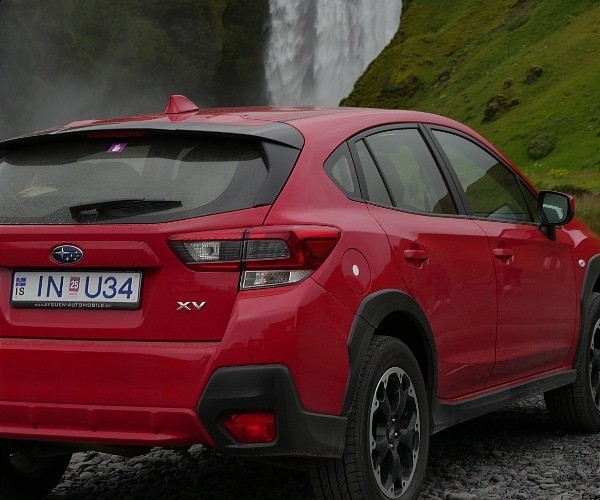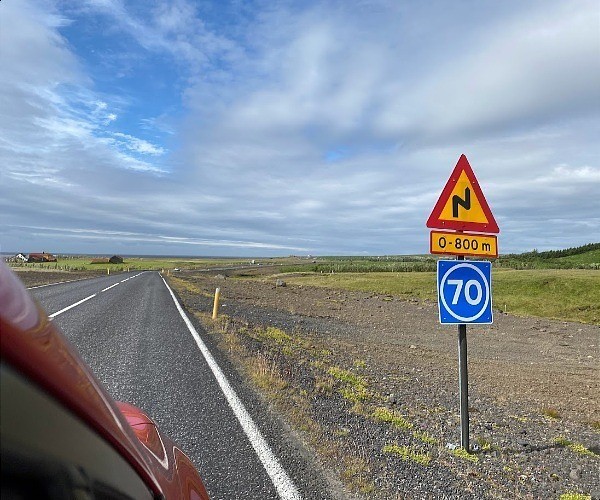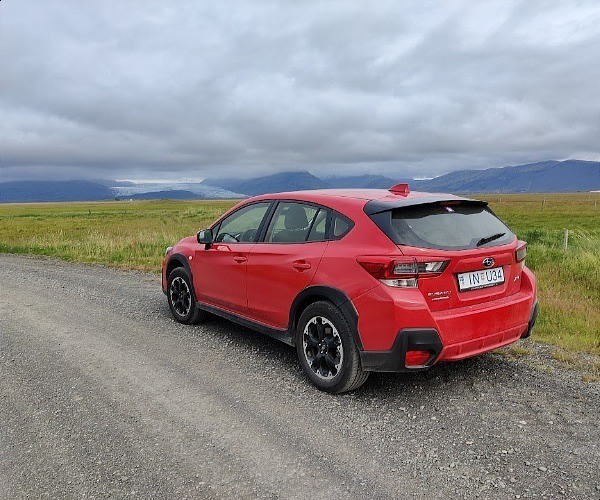Driving overseas can sometimes be a little daunting, particularly if you’re travelling somewhere for the first time. But it needn’t be… overcome that trepidation, and you’ll soon discover that the independence that comes with renting a car (as opposed to travelling on tours or by public transport) more than makes up for any initial fears you might have had.
And this couldn’t be more true in a country such as Iceland where we think the ability to self-drive is an excellent choice. If your travel plans involve the land of Fire and Ice, I’m sure you can’t wait to explore the many glaciers, geysers and waterfalls, as well as Iceland‘s many other natural wonders. But, before you take to the road, it’s best to be prepared. Here are our top tips for driving in Iceland.
Driving regulations in Iceland
In Iceland, you drive on the right and overtake on the left. Drivers and all passengers are required to wear seat belts by law. Infants and younger children must be seated in car safety seats. For more information on child safety in Iceland, see this link.

Your car headlights should be switched on when driving, regardless of whether it is day or night. And there is zero tolerance for driving under the influence of alcohol or drugs. Don’t do it even if the rules in your own country may be slightly different. The minimum penalty for drink driving is a fine of 100,000 ISK and a four month ban. That’s around 700 USD at current exchange rates.
Also, don’t use a mobile phone when driving. The use of mobile phones when driving is against the law. If you must, it is mandatory to use hands-free equipment whilst driving.
Make sure you preserve Iceland’s unique ecosystem and untouched nature by staying on the roads! Off-road driving is also illegal in Iceland and can also result in large fines, and even imprisonment.
Speed limits in Iceland
You’ll want to be aware of speed limits – for your own safety (and that of other road users) and to avoid hefty fines. In populated areas, speed limits tend to be around 30-50 km/h. On gravel roads, the national speed limit is 80km/h and on major paved roads it’s 90km/h, but always check the signs just to be sure as some circumstances may command a different limit.

And don’t feel that the limits are a target – if you feel more comfortable driving more slowly because of the prevailing conditions, then don’t hesitate to drive at a speed where you feel more in…
Click Here to Read the Full Original Article at A Luxury Travel Blog…
